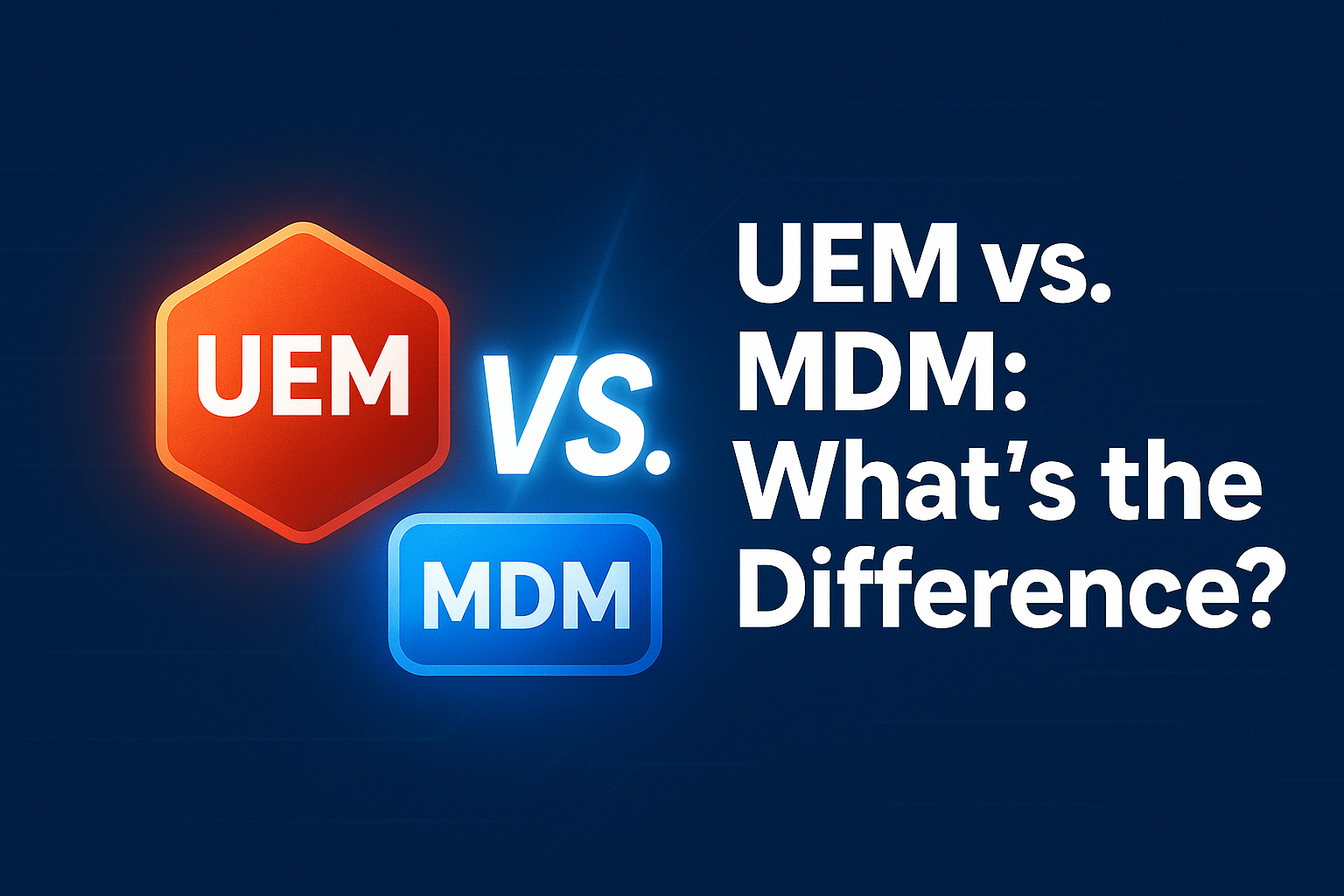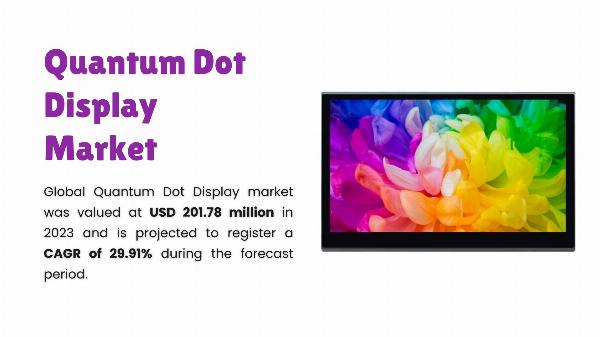UEM (Unified Endpoint Management) and MDM (Mobile Device Management) are both important tools for managing devices in an organization's IT setup, but they serve different purposes and have different scopes of management. MDM is a solution designed specifically for managing mobile devices such as smartphones and tablets. It allows IT administrators to enforce policies, control app installations, and ensure the security of corporate data on mobile endpoints. MDM is ideal for organizations that focus solely on managing mobile devices without needing to cover desktops or other endpoint types. Its core features include device configuration, app management, security enforcement, and monitoring capabilities. On the other hand, UEM is a more comprehensive solution that goes beyond mobile devices. It provides a unified platform to manage all types of endpoints, including laptops, desktops, wearables, IoT devices, and mobile devices. UEM is designed for enterprises needing an all-in-one solution to manage diverse endpoints and maintain robust security across the board. Its core features include cross-platform management, advanced security, automation, analytics and reporting.

- Scope of Management: MDM is focused on mobile devices, while UEM manages all types of endpoints including laptops, desktops, and even IoT gadgets.
- Platform Support: MDM mainly supports mobile platforms like iOS, Android, and Windows Mobile, while UEM supports both mobile and desktop platforms (Windows, macOS, Linux).
- Security Features: While MDM is focused on mobile security with features like encryption, remote wipe, geofencing, and app management, UEM secures everything with advanced features like unified policy enforcement.
Choosing the right solution can make or break an organization's IT strategy. MDM is suitable for organizations that need to manage only mobile devices, while UEM is ideal for enterprises with a variety of devices that require a comprehensive management solution.

In the realm of integrating IT across a business, MDM solidly secures system foundations while UEM fosters efficient device management—each with its own vital contribution; understanding their key differences is crucial for crafting an optimal and secure IT strategy.
Choosing between MDM and UEM for your business IT strategy comes down to understanding the unique needs of individual users vs. whole-organization device management: a decision that can significantly impact efficiency, security & overall satisfaction.
A nuanced yet crucial discrepancy between MDM and UEM is the former's focus on device management within a single ecosystem, while UEM broadens its reach to encompass user experience across multiple devices in an interconnected business IT strategy.
MDM (Mobile Device Management) versus UEM's 360-degree approach in IT operations for enterprises showcases a key difference: MDM prioritizes device administration, whereas UEMapproaches are inclusive and adaptable to managing all aspects of endpoints with the utmost security concerns.














